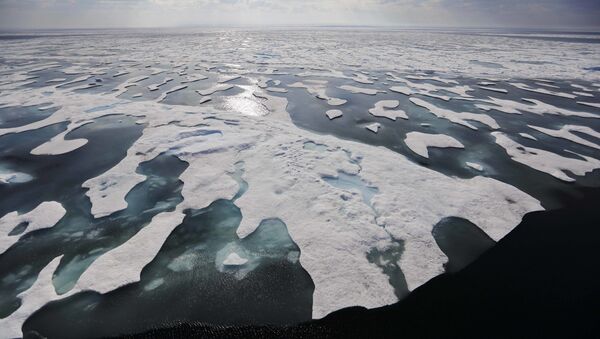According to the study, climate scientists have generally touted that “weather is not climate” and that climate change is instead the “change in the distribution of weather” over decades.
However, using climate model simulations and statistical analysis to determine how temperature and moisture patterns relate to global average surface temperatures and energy imbalances, researchers in Switzerland and Norway concluded that human-induced - or anthropogenic - climate change can be “detected from any single day in the observed global record since early 2012.”
The researchers also found that global temperatures and humidity are affected by human factors and not just random variability, and that long-term climate change trends can be predicted from global average temperatures.
“We’ve always said when you look at weather, that’s not the same as climate,” Reto Knutti, one of the study authors, told the Washington Post. “That’s still true locally; if you are in one particular place and you only know the weather right now, right here, there isn’t much you can say.”
“Global mean temperature on a single day is already quite a bit shifted. You can see this human fingerprint in any single moment,” he added, also noting, “Weather is climate change if you look over the whole globe.”
Michael Wehner, a scientist at the Lawrence Berkeley National Laboratory who was not involved in the study, noted that the findings are “disturbing.”
“This . . . is telling us that anthropogenic climate change has become so large that it exceeds even daily weather variability at the global scale,” Wehner told the Washington Post. “This is disturbing as the Earth is on track for significantly more warming in even the most optimistic future scenarios.”

